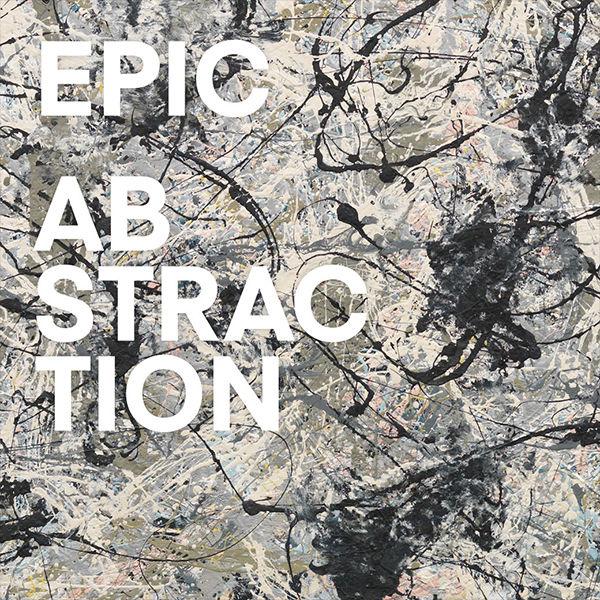Raw Attraction
Artwork Details
- Title:Raw Attraction
- Artist:Chakaia Booker (American, born Newark, New Jersey, 1953)
- Date:2001
- Medium:Rubber tire, steel, and wood
- Dimensions:42 × 32 × 40 in. (106.7 × 81.3 × 101.6 cm)
Weight: 263 lb. (119.3 kg) - Classification:Sculpture
- Credit Line:Hortense and William A. Mohr Sculpture Purchase Fund, 2001
- Object Number:2001.413
- Rights and Reproduction:© Chakaia Booker
- Curatorial Department: Modern and Contemporary Art
Audio

2089. Chakaia Booker, Raw Attraction
Gallery 925
KELLY BAUM: I think the first thing to know about Raw Attraction is that it's made of castoff materials that the artist collects from a variety of sites in her local environment.
NARRATOR: Chakaia Booker works with a number of different materials—in this case it is the rubber from used tires. She cut, shredded, and reassembled them into a form that might recall a predatory bird, or some other kind of animal. Curator Kelly Baum.
KELLY BAUM: I think you can read the materials in a variety of ways. On the one hand they might appear soft, even, organic, alive, slightly inviting. But on the other hand, they convey, through their allusions to spines and needles, a sense of threat and possible danger.
NARRATOR: While some call attention to the black color of the tires as perhaps symbolic of Booker’s racial identity, the artist has described other connections.
KELLY BAUM: Booker herself is more interested in the symbolic resonance of rubber, which she associates with travel, transit, and movement. And many art historians have connected her use of the tire to New Jersey; to the place where she was born and raised. New Jersey is a state in which areas of great natural beauty exist alongside endless miles of highways and desolate scenes of post-industrial destruction.
NARRATOR: The color black also recalls Louise Nevelson’s found object sculptures—like Mrs. N’s Palace, on display nearby—and Booker has identified her as an important influence.
Raw Attraction also bears an interesting relationship to Abstract Expressionist paintings.
KELLY BAUM: It does not involve the application of paint to a canvas with a brush, so it's not conventionally gestural or expressive. But it does explode, and it does blossom in ways that convey a sense of dynamism and energy, that you can compare to a work like Jackson Pollock’s.
More Artwork
Research Resources
The Met provides unparalleled resources for research and welcomes an international community of students and scholars. The Met's Open Access API is where creators and researchers can connect to the The Met collection. Open Access data and public domain images are available for unrestricted commercial and noncommercial use without permission or fee.
To request images under copyright and other restrictions, please use this Image Request form.
Feedback
We continue to research and examine historical and cultural context for objects in The Met collection. If you have comments or questions about this object record, please contact us using the form below. The Museum looks forward to receiving your comments.